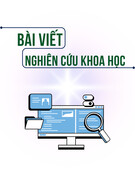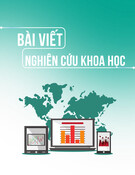
© 2008 Pearson Prentice Hall, Electronic Commerce 2008, Efraim Turban, et al.
Chapter 7
E-Supply Chains, Collaborative
Commerce, and Corporate Portals

7-2
Learning Objectives
1. Define the e-supply chain and describe its
characteristics and components.
2. List supply chain problems and their causes.
3. List solutions to supply chain problems
provided by EC.
4. Describe RFID supply chain applications.
5. Define c-commerce and list the major types.

7-3
Learning Objectives
6. Describe collaborative planning and
Collaboration, Planning, Forecasting, and
Replenishing (CPFR) and list the benefits of
each.
7. Discuss integration along the supply chain.
8. Understand corporate portals and their types
and roles.
9. Describe e-collaboration tools such as
workflow software and groupware.

7-4
E-Supply Chains
Definitions and Concepts
supply chain
The flow of materials, information, money,
and services from raw material suppliers
through factories and warehouses to the
end customers
e-supply chain
A supply chain that is managed
electronically, usually with Web
technologies

7-5
E-Supply Chains


























